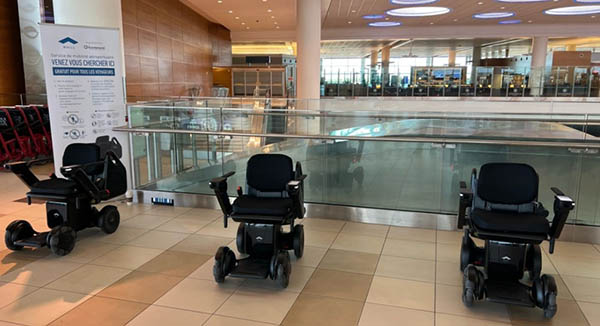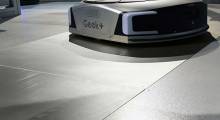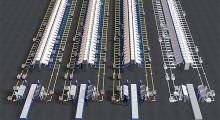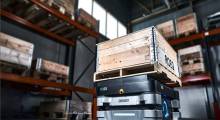For the past three years, the Winnipeg International Airport, or YWG, has been working with WHILL Inc. to trial the company’s autonomous wheelchair technology to help travelers get to their terminals. Starting next month, the wheelchairs will officially be available for broader customer use as the airport has signed a two-year agreement with the Tokyo-based company.
“This ground-breaking technology will help further enhance accessibility at YWG and provide a more inclusive, barrier-free airport environment. On top of improving service for passengers, the autonomous wheelchairs will also allow for more independence by making services offered post-security more accessible to everyone,” Winnipeg International Airport wrote in a September press release.
WHILL has partnered with Scootaround Personal Transportation Solutions for its mobility as a service modal (MaaS) to take advantage of the Orland, Fla.-based company’s rental service infrastructure.
First full launch at North American airport
The Winnipeg, Manitoba-based airport noted that during initial trials, the WHILL team was able to collect data that allowed the wheelchair to navigate the “entire post-security area of the airport on its own.” But in the most recent trial, which ran from September to October, the wheelchairs were being tested for the whole “pre-departure process”—from checking in at the front desk to departing from the terminal.
Justin Gagnon, vice president of sales at WHILL, said the company’s autonomous wheelchairs are already being used at Haneda Airport and Narita Airport in Japan, but this is its first full launch in North America.
The company also plans to continue to test the wheelchair technologies in airports in North America, he told Robotics 24/7. Gagnon teased that the company plans to launch a program in one of “the bigger U.S. cities” in early 2023.
“We’re really looking for opportunities for people with reduced mobility to very easily navigate short distances,” he said. “When we first announced this technology, the aviation industry was quick to put their hands up and say, ‘You know this is a challenge for us today – moving passengers through the airport.'”
The wheelchairs take advantage of lidar to help them move around and understand the airports they are navigating, said Gagnon. They are programmed to follow a specific path as they carry passengers to the areas they want to go.
Gagnon called the robotic wheelchairs “invisible rail lines.” Each wheelchair also comes equipped with a smartphone that allows the customers to tell the wheelchairs where they want to go.
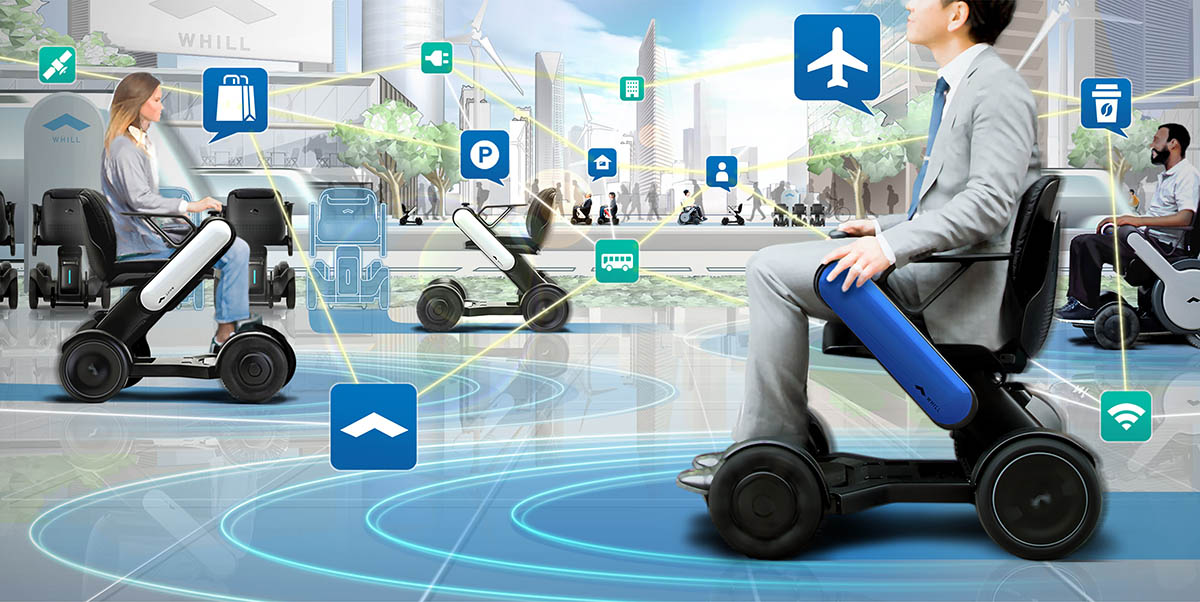
Moving beyond airports to hospitals, colleges, and offices
Travelers will be able to use the wheelchairs for free, Gagnon said. They were primarily designed to be used by passengers with mobility challenges and will be available at special staging areas in and around the ticket area in Winnipeg. Most people who will be using the wheelchairs will have been referred to use them by their airline when they request wheelchair service, he added.
Down the line, the company said it hopes to be able to offer its autonomous wheelchairs at hospitals, universities, corporate offices, and more locations around the world. Gagnon noted that WHILL has already set up a program with a hospital in Japan.
The team debuted the autonomous wheelchair at CES 2019 and was given a CES Innovation Award for the technology.
The company also makes electric wheelchairs for everyday use that are controlled by the user. The Model F has a range of 12.4 mi., can travel up to 3.7 mph, and has a weight capacity of 250 lb. The Model C2 has a range of 11 mi., can travel up to 5 mph, and has a weight capacity of 300 lb.
About the Author
Follow Robotics 24/7 on Linkedin
Article topics
Email Sign Up

